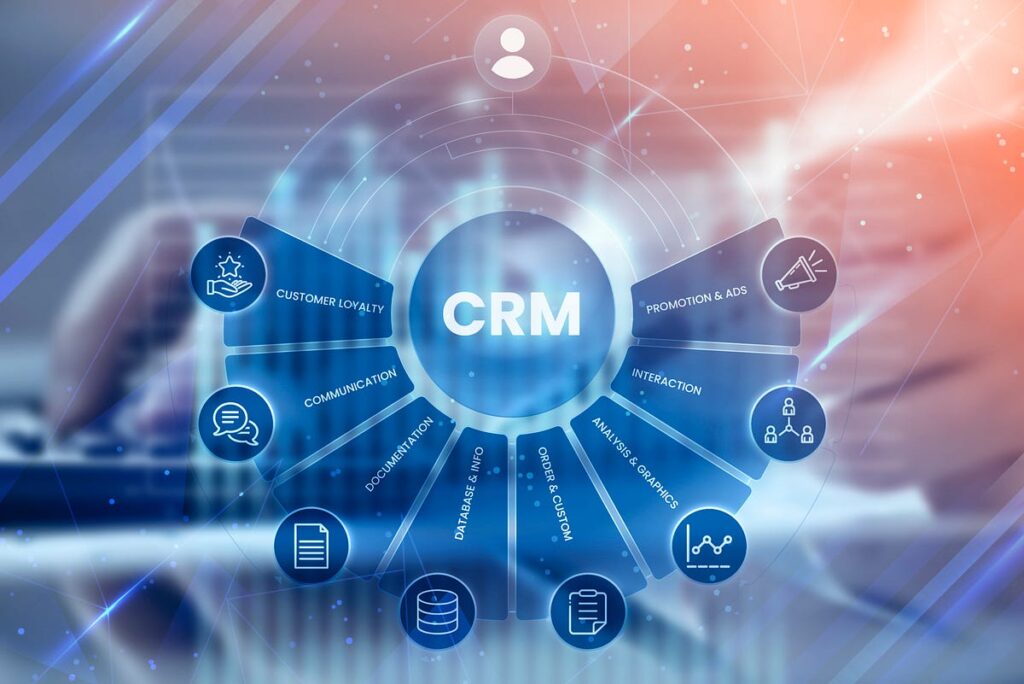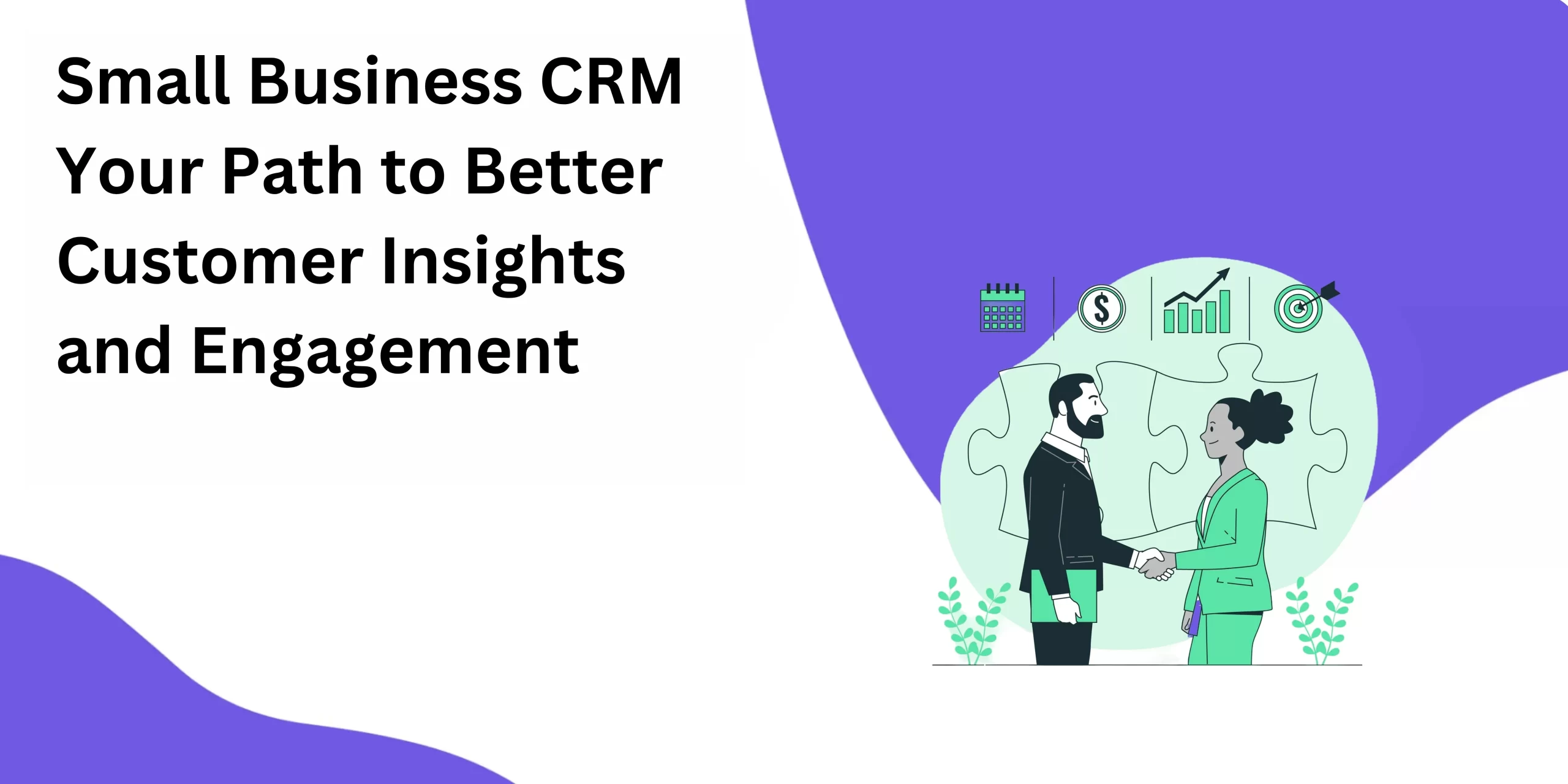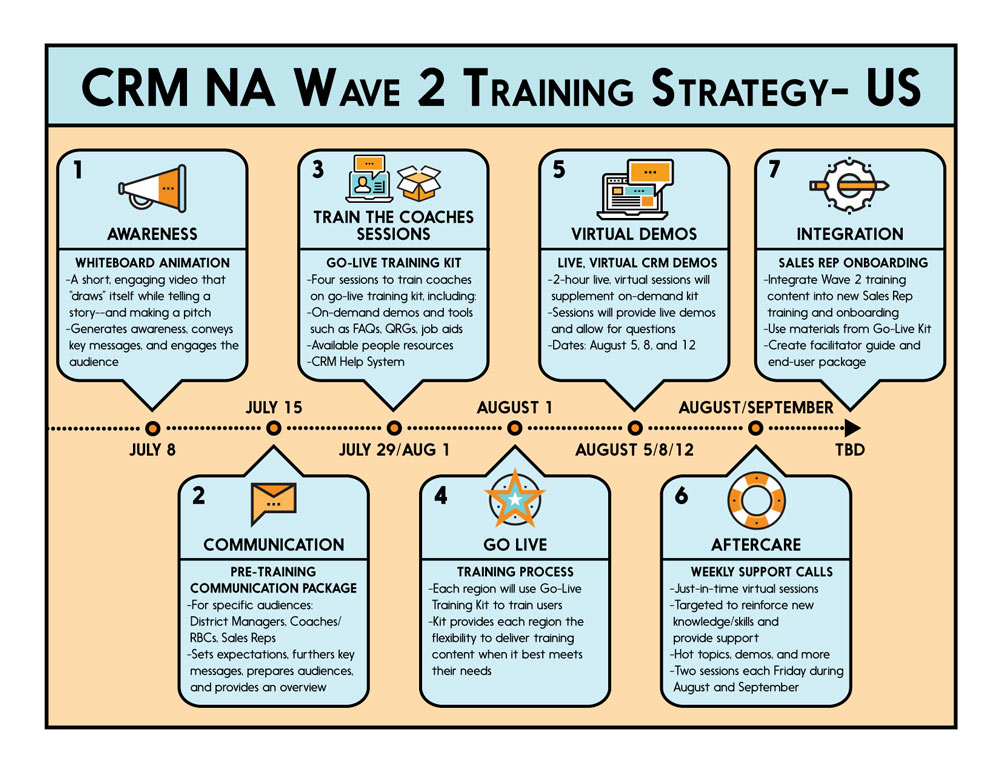
Unlocking Growth: Mastering CRM Marketing Personalization for Unprecedented Results
In today’s hyper-competitive marketplace, simply having a Customer Relationship Management (CRM) system isn’t enough. To truly thrive, businesses must master the art of CRM marketing personalization. This goes beyond just addressing customers by name; it’s about understanding their individual needs, preferences, and behaviors to deliver tailored experiences that resonate on a deeper level. This comprehensive guide delves into the intricacies of CRM marketing personalization, providing actionable insights and strategies to help you unlock unprecedented results.
The Power of Personalization in CRM Marketing
Personalization isn’t just a trend; it’s the cornerstone of modern marketing. Consumers are bombarded with generic messages daily, and they’ve become adept at tuning them out. Personalized experiences, on the other hand, capture attention and foster genuine connections. CRM systems, when leveraged effectively, provide the data and tools needed to create these highly relevant interactions.
Here’s why personalization is so crucial:
- Increased Engagement: Personalized content is more likely to capture attention and keep customers engaged.
- Higher Conversion Rates: Tailored offers and recommendations drive conversions and boost sales.
- Improved Customer Loyalty: Personalized experiences create a sense of value and build stronger customer relationships.
- Enhanced Brand Reputation: Demonstrating that you understand and care about your customers enhances your brand image.
- Reduced Customer Churn: By anticipating customer needs and proactively addressing concerns, you can significantly reduce churn.
Understanding the Core Components of CRM Marketing Personalization
Effective CRM marketing personalization involves several key components working in harmony. Let’s break them down:
1. Data Collection and Management
The foundation of any successful personalization strategy is data. You need a robust system for collecting, organizing, and managing customer data. This includes:
- Demographic Data: Age, gender, location, income, etc.
- Behavioral Data: Website activity, purchase history, email interactions, social media engagement.
- Psychographic Data: Interests, values, lifestyle, personality traits (often gathered through surveys and customer feedback).
- Transactional Data: Purchase dates, amounts, products purchased, payment methods.
Your CRM system should seamlessly integrate with various data sources to provide a 360-degree view of each customer. Data quality is paramount. Regularly clean and update your data to ensure accuracy and reliability.
2. Segmentation and Targeting
Once you have a comprehensive dataset, the next step is to segment your audience. Segmentation involves dividing your customer base into groups based on shared characteristics. This allows you to tailor your marketing messages and offers to resonate with specific segments. Common segmentation criteria include:
- Demographics: Age, gender, location, income, etc.
- Purchase History: Repeat customers, high-value customers, new customers.
- Engagement Level: Active users, inactive users, lapsed customers.
- Product Preferences: Customers who have purchased specific products or shown interest in certain categories.
- Behavioral Patterns: Website browsing history, email click-through rates, social media activity.
Once you’ve segmented your audience, you can create targeted campaigns that address the specific needs and interests of each group. This is where personalization truly shines.
3. Personalized Content Creation
With your audience segmented, you can start creating personalized content. This includes:
- Personalized Email Marketing: Sending targeted emails based on customer behavior, purchase history, and preferences. This includes personalized product recommendations, birthday greetings, and exclusive offers.
- Website Personalization: Displaying dynamic content on your website based on a user’s browsing history, location, and other data. This could involve personalized product recommendations, tailored landing pages, and dynamic pricing.
- Social Media Personalization: Creating targeted ads and content on social media platforms based on customer demographics, interests, and behaviors.
- Personalized SMS Marketing: Sending text messages with personalized offers, appointment reminders, and shipping updates.
- Personalized Customer Service: Providing customer service representatives with access to customer data to enable them to provide personalized support and resolve issues efficiently.
The key to effective personalized content is relevance. Ensure that your messages and offers are aligned with the customer’s needs and interests. Avoid generic, one-size-fits-all approaches.
4. Automation and Workflow
CRM systems allow you to automate many aspects of your personalization efforts, saving you time and resources. Marketing automation tools can trigger personalized emails, SMS messages, and other communications based on customer behavior. For example:
- Welcome Series: Automatically send a series of emails to new subscribers, introducing your brand and offering relevant content.
- Abandoned Cart Emails: Automatically send emails to customers who have abandoned their shopping carts, reminding them of the items they left behind and offering incentives to complete their purchase.
- Post-Purchase Follow-up: Automatically send emails after a purchase, thanking the customer, providing order confirmation, and offering support.
- Behavior-Based Triggers: Trigger personalized communications based on customer actions, such as website visits, product views, or email opens.
Automation streamlines your personalization efforts and ensures that your customers receive timely and relevant communications.
5. Analysis and Optimization
Personalization is an ongoing process. You need to continuously analyze your results and optimize your strategies. Track key metrics such as:
- Open Rates: Measure the percentage of emails that are opened.
- Click-Through Rates: Measure the percentage of users who click on links in your emails or website content.
- Conversion Rates: Measure the percentage of users who complete a desired action, such as making a purchase or filling out a form.
- Customer Lifetime Value (CLTV): Measure the total revenue generated by a customer over their relationship with your business.
- Customer Churn Rate: Measure the percentage of customers who stop doing business with you.
Use these metrics to identify what’s working and what’s not. A/B test different versions of your content, offers, and calls to action to see what resonates best with your audience. Continuously refine your strategies based on your data and insights.
Implementing CRM Marketing Personalization: A Step-by-Step Guide
Implementing CRM marketing personalization can seem daunting, but breaking it down into manageable steps makes the process easier. Here’s a practical guide:
1. Choose the Right CRM System
Select a CRM system that meets your specific needs and budget. Consider factors such as:
- Features: Ensure the system offers the features you need, such as data management, segmentation, automation, and reporting.
- Integrations: Make sure the system integrates with your other marketing tools, such as your email marketing platform, website analytics, and social media channels.
- Scalability: Choose a system that can grow with your business.
- User-Friendliness: The system should be easy to use and navigate.
- Pricing: Compare pricing plans and choose the one that best fits your budget.
Popular CRM systems include Salesforce, HubSpot, Microsoft Dynamics 365, Zoho CRM, and Pipedrive.
2. Define Your Goals and Objectives
Before you start implementing personalization, define your goals and objectives. What do you want to achieve? Do you want to increase sales, improve customer loyalty, or reduce churn? Setting clear goals will help you measure your progress and determine the success of your personalization efforts.
3. Clean and Organize Your Data
As mentioned earlier, data quality is crucial. Clean and organize your existing data to ensure accuracy and reliability. Identify and correct any errors or inconsistencies. Standardize your data formats to make it easier to analyze and segment your audience.
4. Segment Your Audience
Divide your customer base into segments based on shared characteristics. Use a variety of segmentation criteria, such as demographics, purchase history, and engagement level. The more granular your segments, the more effective your personalization efforts will be.
5. Create Personalized Content
Develop personalized content for each segment. This includes email marketing campaigns, website content, social media ads, and other communications. Tailor your messages and offers to resonate with the specific needs and interests of each segment.
6. Automate Your Workflows
Leverage automation tools to streamline your personalization efforts. Set up automated email sequences, triggered by customer behavior. Automate the delivery of personalized content based on customer actions.
7. Test and Optimize
Continuously test and optimize your personalization strategies. A/B test different versions of your content, offers, and calls to action. Analyze your results and make adjustments as needed. Track key metrics and use the data to refine your approach.
8. Train Your Team
Ensure that your team is properly trained on how to use your CRM system and implement your personalization strategies. Provide ongoing training and support to keep your team up-to-date on the latest best practices.
9. Monitor and Measure Results
Regularly monitor your results and track your progress toward your goals. Use your data to identify areas for improvement and make adjustments to your strategies as needed. Celebrate your successes and learn from your failures.
Real-World Examples of CRM Marketing Personalization
Let’s explore some real-world examples of how businesses are using CRM marketing personalization to drive results:
Example 1: E-commerce Retailer
An e-commerce retailer uses CRM data to personalize product recommendations. Based on a customer’s purchase history and browsing behavior, the retailer displays personalized product recommendations on the customer’s website, in email marketing campaigns, and in retargeting ads. This leads to increased sales and a higher average order value.
Example 2: SaaS Company
A SaaS company uses CRM data to personalize onboarding experiences. Based on the customer’s industry and job title, the company provides tailored onboarding tutorials and resources. This improves customer satisfaction and reduces churn.
Example 3: Financial Services Provider
A financial services provider uses CRM data to personalize financial planning advice. Based on a customer’s financial goals and risk tolerance, the provider offers customized investment recommendations and financial planning resources. This builds trust and strengthens customer relationships.
Example 4: Travel Agency
A travel agency personalizes its marketing by segmenting customers based on their travel preferences (e.g., beach vacations, adventure travel, family trips). They send targeted email campaigns with relevant deals and destination recommendations, leading to higher booking rates and repeat business.
Best Practices for CRM Marketing Personalization
To maximize the effectiveness of your CRM marketing personalization efforts, consider these best practices:
- Start Small and Iterate: Don’t try to personalize everything at once. Start with a few key areas and gradually expand your efforts. Continuously test and iterate your strategies based on your results.
- Focus on Customer Value: Personalization should always focus on providing value to the customer. Avoid being overly intrusive or pushy.
- Respect Customer Privacy: Be transparent about how you collect and use customer data. Comply with all relevant privacy regulations.
- Keep it Relevant: Ensure that your personalized messages and offers are always relevant to the customer’s needs and interests.
- Use Data-Driven Insights: Rely on data to inform your personalization strategies. Analyze your results and make adjustments as needed.
- Provide a Seamless Experience: Ensure that your personalization efforts are consistent across all channels (email, website, social media, etc.).
- Be Transparent and Offer Control: Give customers control over their data and personalization preferences. Allow them to opt out of personalized communications if they choose.
- Stay Updated: The landscape of marketing is constantly evolving. Stay up-to-date on the latest trends and technologies in CRM marketing personalization.
Challenges and Considerations
While CRM marketing personalization offers significant benefits, there are also some challenges and considerations to keep in mind:
- Data Privacy and Security: Protecting customer data is paramount. Implement robust security measures and comply with all relevant privacy regulations.
- Data Quality: Poor data quality can undermine your personalization efforts. Invest in data cleaning and maintenance.
- Resource Requirements: Implementing and managing personalization can require significant resources, including time, staff, and technology.
- Complexity: Personalization can be complex, especially for businesses with large customer bases and multiple channels.
- Balancing Personalization with Privacy: Finding the right balance between personalization and privacy is essential. Avoid being overly intrusive or violating customer trust.
- Measurement and Attribution: Accurately measuring the impact of your personalization efforts can be challenging. Use a variety of metrics and attribution models.
The Future of CRM Marketing Personalization
The future of CRM marketing personalization is bright. As technology continues to evolve, we can expect to see even more sophisticated and effective personalization strategies. Some key trends to watch include:
- Artificial Intelligence (AI): AI-powered tools will enable businesses to automate and optimize their personalization efforts.
- Hyper-Personalization: Businesses will move beyond basic segmentation and create highly personalized experiences based on individual customer preferences and behaviors.
- Real-Time Personalization: Businesses will deliver personalized content and offers in real-time, based on customer actions and context.
- Cross-Channel Personalization: Businesses will create seamless and consistent personalized experiences across all channels.
- Emphasis on Privacy: As data privacy concerns grow, businesses will need to prioritize transparency and customer control.
By embracing these trends, businesses can stay ahead of the curve and create truly exceptional customer experiences.
Conclusion: Embrace the Power of Personalization
CRM marketing personalization is no longer a luxury; it’s a necessity for businesses that want to thrive in today’s competitive landscape. By collecting and analyzing customer data, segmenting your audience, creating personalized content, and automating your workflows, you can build stronger customer relationships, increase engagement, and drive unprecedented results. Embrace the power of personalization, and watch your business flourish.




